A Familiar Plane, an Unfamiliar Night
It started as a laid-back Saturday plan. The 38-year-old private pilot, who had just completed a flight review two days earlier, was back in the left seat of a Cessna 172S. He had rented the plane from a Camarillo-based flight school—one he’d recently reconnected with after a seven-month flying break. He wasn’t just dusting off rust; he was eager to enjoy flying again.
His credentials? A private pilot certificate, 185 hours total time—all of it in the Cessna 172S—and about 120 hours logged as pilot in command. He was familiar with the skies over California, but most of his experience was gained in Northern California. His Los Angeles Basin flights? Just six, all during the day and mostly steering clear of the complex airspace.
The day’s flight was meant to be simple: a roundtrip pleasure jaunt from Camarillo (CMA) to Palm Springs (Bermuda Dunes Airport, UDD). The outbound leg was uneventful. He landed, refueled, and grabbed lunch. But the return? That’s where the weather—and decisions—took a darker turn.
A Subtle Threat Creeping In
As the afternoon waned, so did the weather. A thickening marine layer blanketed the Los Angeles coast, dragging ceilings and visibility down across the basin. The pilot was aware. At 6:48 p.m., just shy of sunset, he launched from Palm Springs after checking weather at his home base. Camarillo was already under IFR conditions. Despite this, he filed no flight plan and didn’t request flight following.
The flight path initially retraced his outbound route. He climbed to 7,000 feet, then leveled at 6,500 as he crossed the basin. But as he approached the congested Class C and Class B airspace between Burbank and LAX—an area dense with complex procedures and terrain—things got increasingly murky. It was now after sunset, and clouds obscured much of the landscape to his left. Visual cues were fading fast.
Confusion Over the Hollywood Hills
At 7:43 p.m., now descending and nearing 2,000 feet, the pilot called Van Nuys (VNY) Tower. His call came late—9 miles out—but he reported having the latest weather. The controller instructed him to enter a left traffic pattern for Runway 16L and assigned a transponder code. The pilot read back the instructions but appeared unsure, asking whether another transmission was directed at him.
When asked to fly direct to the 405/101 freeway interchange—a known visual reference—he responded, “again, sorry,” suggesting unfamiliarity or confusion. The controller simplified things, giving him a heading of 305°. The pilot acknowledged, but no further transmissions followed.
The Cessna descended to 1,375 feet—about 700 feet above ground level—as it flew toward hilly terrain in the Hollywood Hills, south-southeast of Van Nuys. With no radar contact and no further communication, the plane vanished.
Tragedy on a Hidden Hilltop
Search crews found the wreckage that night, despite dense fog. The Cessna had struck a hillside just 40 feet below a peak—flying straight and level, at cruise speed. This was no stall or spin; this was classic Controlled Flight Into Terrain (CFIT).
What went wrong? The NTSB’s findings point to a dangerous convergence of factors: deteriorating weather, fading light, complex airspace, and an overwhelmed pilot. The visual illusion caused by lights on the hills, versus those in the valley beyond, likely led him to believe he was descending toward the airport. In reality, he was flying into rising terrain cloaked in darkness and cloud.
Despite clear skies just 10 miles northwest at Van Nuys, the marine layer had crept inland. Pilots in the area reported overcast clouds as low as 300 feet. Satellite imagery confirmed low stratiform clouds moving across the Hollywood Hills right along his path.
The Cessna 172S had no terrain warning system installed. Though equipped with a Garmin G1000 glass cockpit, it lacked synthetic vision and other obstacle avoidance alerts. By the time the pilot descended below 1,000 feet AGL, his visual references were likely misleading or gone altogether.
A Health Factor? Unlikely
The pilot had well-managed Type I diabetes. While that can sometimes raise red flags in aviation, his blood sugar readings were stable throughout the day. The final CGM reading before takeoff was 110 mg/dL—well within a safe range. Toxicology reports showed no impairing substances. The NTSB ruled his medical condition was not a contributing factor.
Final Thoughts: The Illusions of Confidence
This accident is a chilling reminder that VFR into IMC isn’t always the result of recklessness—it’s often the result of subtle misjudgment. Here was a pilot who did many things right: he checked the weather, updated his return time, and didn’t rush. But the weather worsened just enough, just fast enough, to rob him of visual cues. A low-experience, non-instrument-rated pilot, unfamiliar with complex airspace, was suddenly flying blind—both literally and figuratively.
The crash underscores critical lessons:
- VFR flight at night in marginal conditions is risky, even when skies look clear a few miles away.
- Visual illusions in urban terrain can be deadly.
- A few extra minutes on the ground requesting flight following or filing a flight plan can make a world of difference.
- Know your personal minimums—and stick to them.
Above all, this tragedy reminds us that sometimes the safest decision is simply to wait out the weather.

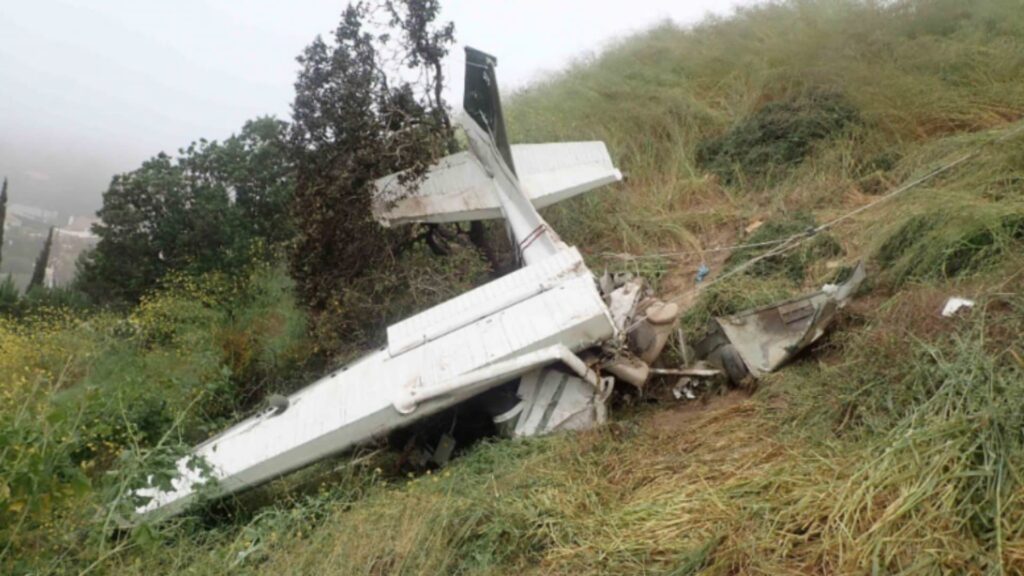


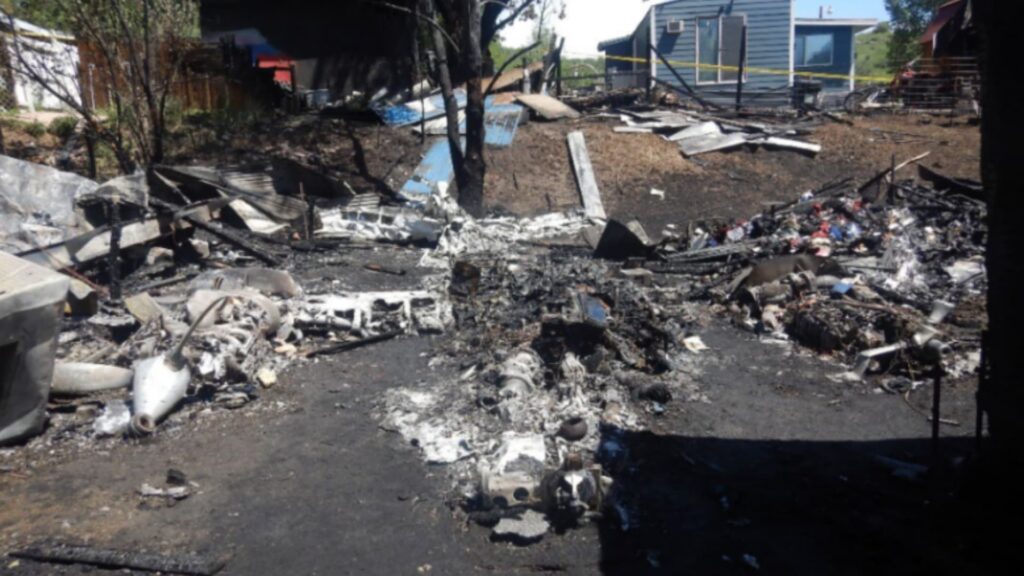
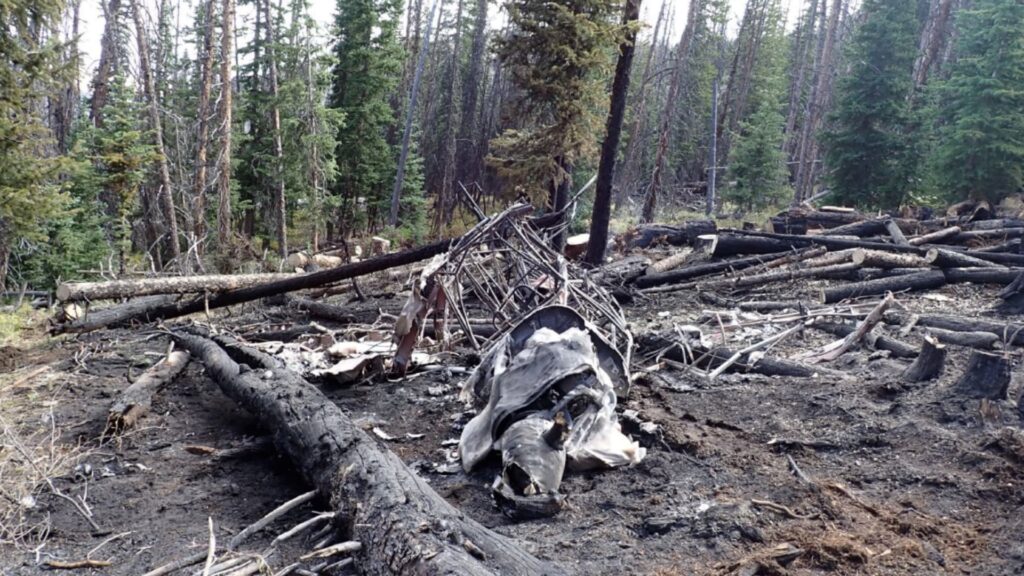
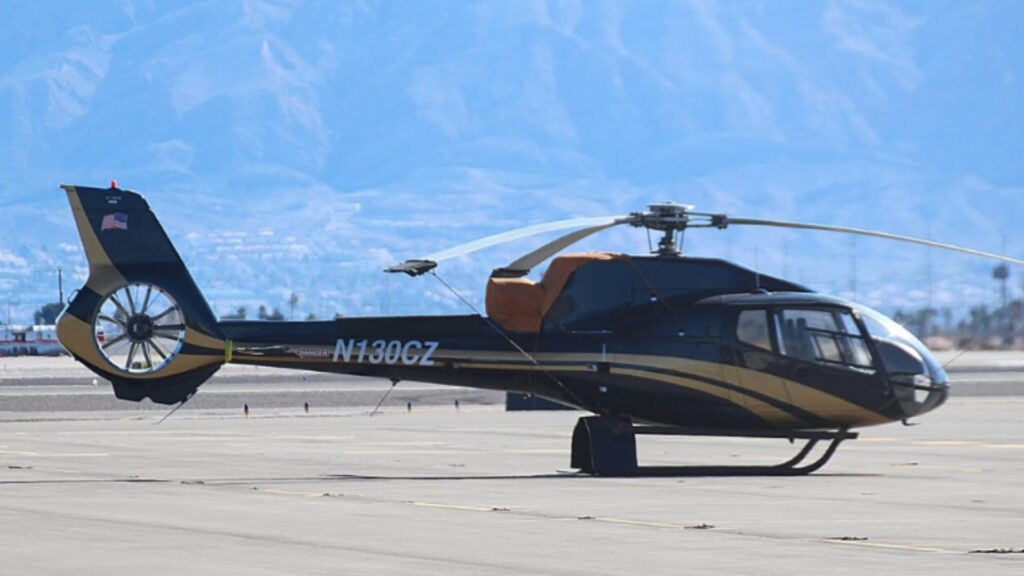
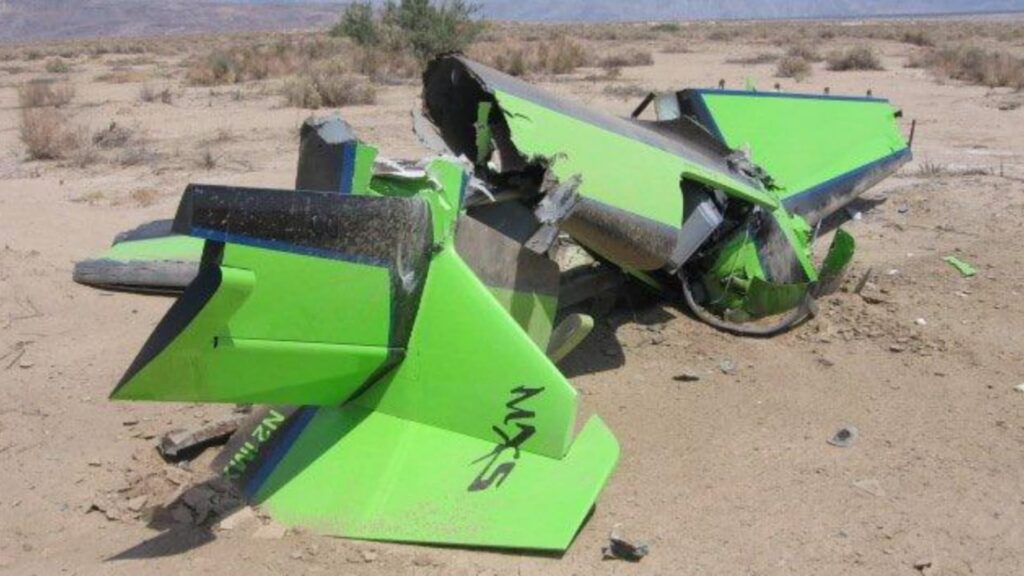
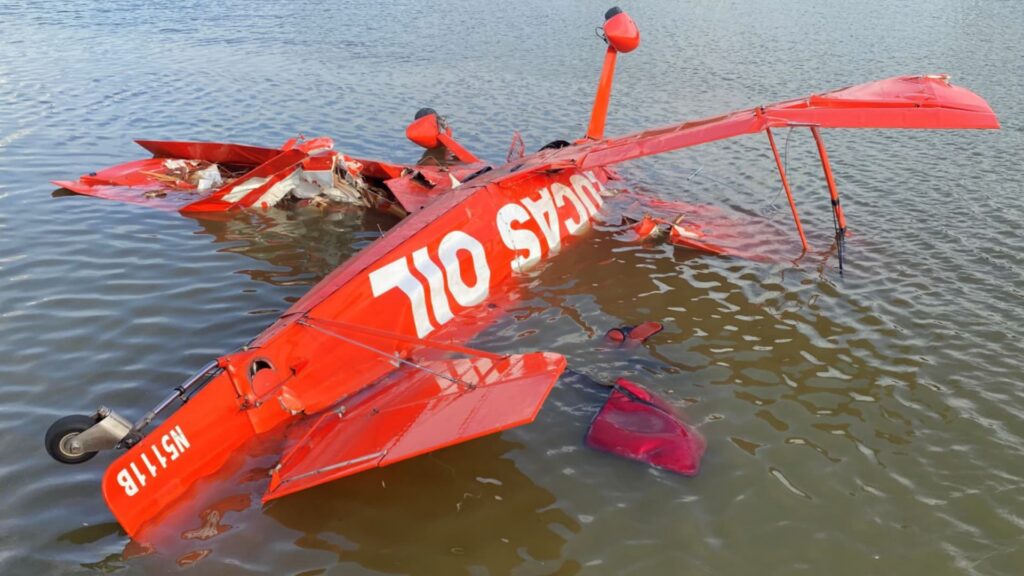
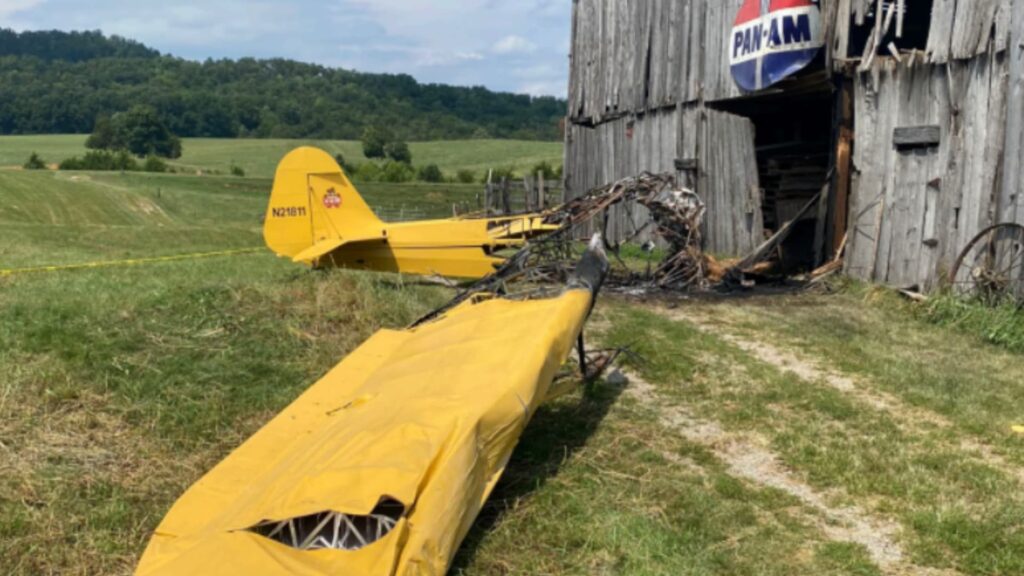
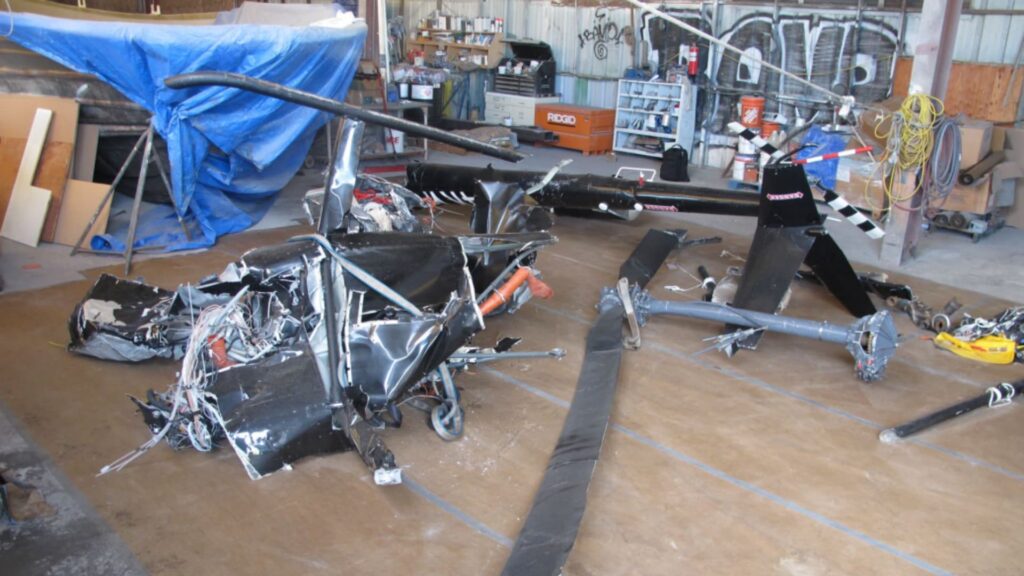

6 Comments
Seems like they never learn!
CFII ATP single, multi- engine, turbine rated.
Retired
I’m surprised that many of the accidents that occur, as in this case, the US pilots fly into IFR or night conditions.
In Canada night flying requires a night rating as does flying ifr require the rating.
It makes sense so that when these conditions come up, you land immediately or wait till conditions are right.
Maybe I’m misunderstanding required qualifications for US flight.
When it comes to flying at night with an FAA license, the FAA has deviated from the global norm concerning the enforcement of night flying requirements.
Differences-Between-FAA-and-Foreign-Night-Endorsements
In line with global standards, when you receive an EASA (European Union Aviation Safety Agency) PPL, you will be required to undergo separate training and a separate test to obtain a night rating endorsement. Only after completing this endorsement will you be allowed to fly at night.
However, when issued an FAA PPL, you can fly at night without undergoing a separate test. Night training is required to obtain an FAA PPL, regardless of whether you plan to fly at night once you receive your PPL, with one significant exception for Alaska residents: night flying is prohibited until specified training is completed.
Hope this helps.
The FAA requires all Private Pilots to have 3 hours of night training, including a 100-mile cross-country trip, 10 take-off and full-stop landing cycles, and 3 hours of instrument training. I took my primary training in Canada and had to get the night endorsement and take spins training. Then I moved to the States and was surprised at the reduced requirements.
At least there were no passengers….
Here is another classic case of deadly marine layers rolling in to steal all visual reference of a horizon. These are especially dangerous for a VFR flight, where the pilot plans to skim along a shoreline in order to keep ground lights visible as a reference. If this sounds somewhat familiar for a well-known pilot, you are correct. This flight has a fairly close parallel to that of JFK Jr. Kennedy had made this trip before in daylight and his plan there was to run along the Connecticut and Rhode Island shoreline eastward and then taking a jog eastward, at a point that minimized over water flight, to make a straight-in approach to Martha’s Vineyard (MVY) 6/24 or a bit more east to Nantucket (ACK) also having a straight in to 6/24 there. It’s an easy VFR navigation, where you turn over the entrance to Narragansett Bay, an easy landmark to see, even in fair weather. Just as this flight on the west coast, the east coast has a mean habit in summer weather, during cooling off in the early evening for a marine layer to develop. Actually, this layer (actually a haze) can be present in the early afternoon, making your sight of a visual horizon sketchy. Kennedy was fine along the shoreline, and even with a marine layer coming in, he would have intermittent visual contact with lights along the shoreline (its a fairly well populated area, with many homes on the shoreline). However, once he made the turn eastward for MVY, you’re over water instantly and whatever visual contact you had, is gone. It isn’t very far to the Vineyard over water, as long as you have a good heading to fly or you can join the localizer, if you have the skill. JFK didn’t have his instrument rating yet, but a confident VFR pilot should be able to fly a localizer, monitoring altitude. For whatever reasons, it seems that both pilots here lost spatial awareness following a loss of reference to the ground. The results were same, with the exception of JFK jr. entering a graveyard spiral that ended in contact with the Atlantic Ocean. Another set of tragedies, that were easily avoidable, if the pilots took the time to develop a safe, solid plan for their flights.